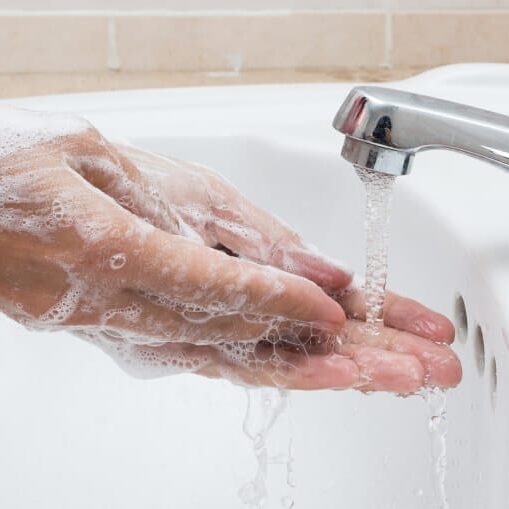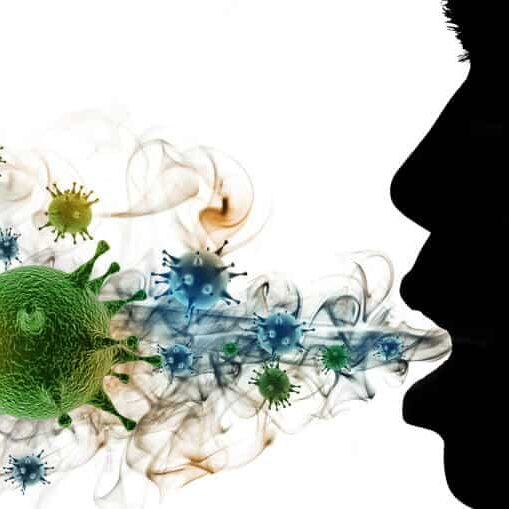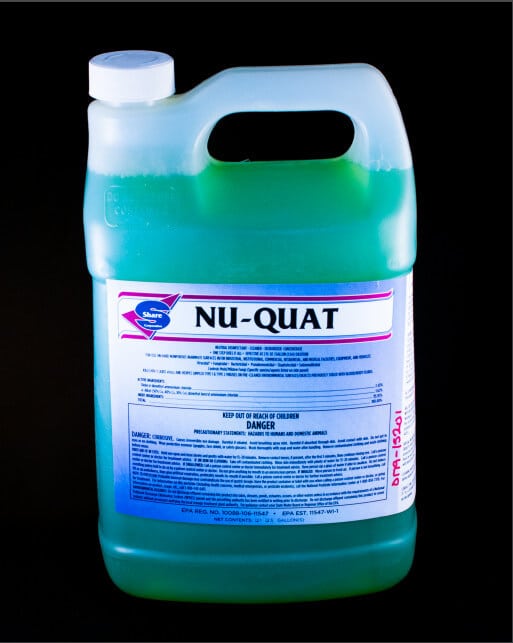
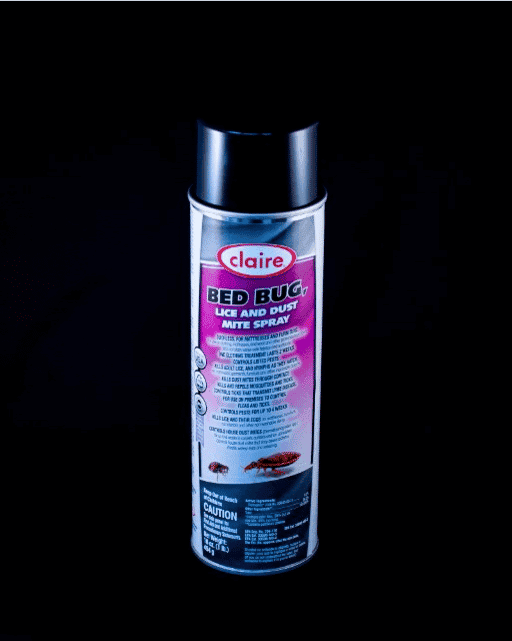
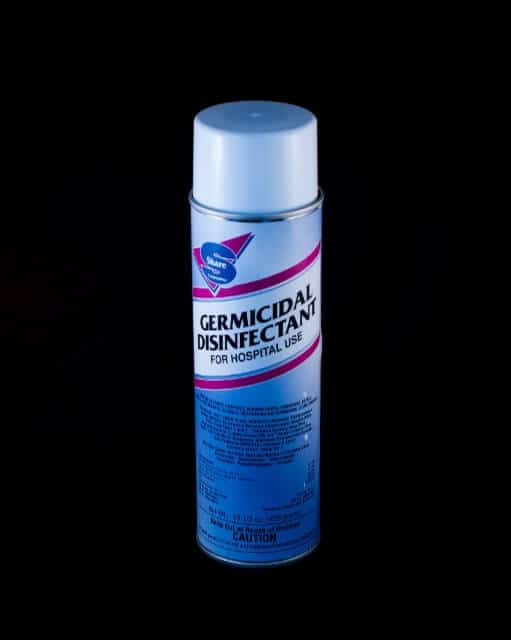
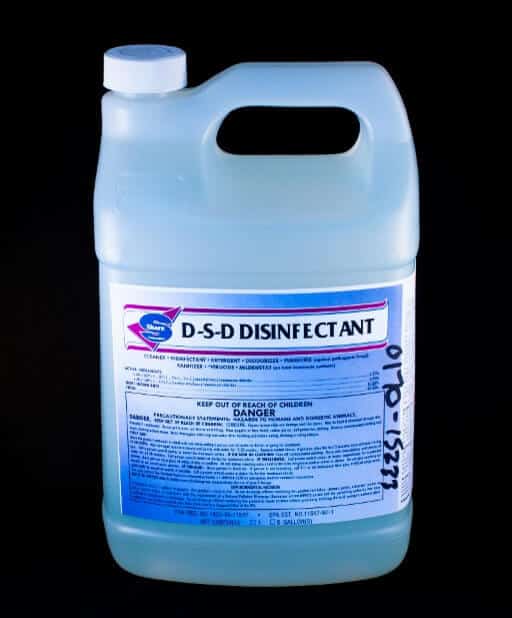
Sensible and Efficient Cleaning Solutions
What is the difference between SANITIZING and DISINFECTING?
SANITIZING is the process of killing 99.9% of basic germs and bacteria such as e-coli and salmonella in places such as food contact surfaces and/or toys that could be mouthed by children. Sanitizing does NOT make any anti-viral claims and does not offer any confidence of killing the flu or other viruses commonly found on surfaces. A sanitizing solution such as D-S-D from Share Corporation is an EPA registered product that mixes at the rate of one ounce per 5 gallons of water and will have a dilution rate of 200PPM (parts per million). This is the proper product to be used on surfaces such as toys, tables and dishes, and is a NSF (formerly know as the National Sanitation Foundation) product which is the agency that approves products that can be used in commercial kitchens.
DISINFECTING is the process of killing harmful pathogenic organisms or rendering them inert. Inert means to slow or make stable, having no action or power to move, or being unreactive. Using a disinfecting solution such as NU-QUAT will kill 100% of blood borne pathogens such as HIV, Herpes Type 1 & Herpes Type 2. It will also kill Streptococcus and Staphylococcus bacteria such as MRSA and VISA which can turn into a flesh eating infection. NU-QUAT is also a Virucidal, Fungicidal, and Mildew Stat. NU-QUAT is an EPA registered product that mixes at the rate of 2 ounces per gallon of water and will have a dilution rate of 400 to 600 PPM depending upon the hardness of the water. This is the proper product to be used on changing tables, toilets, sinks, glass, bathroom countertops and can also be used as a carpet extraction.
Articles
Stop Germs! Stay Healthy! Wash Your Hands!
Keeping hands clean through improved hand hygiene is one of the most important steps we can take to avoid getting sick and spreading germs to others. Many diseases and conditions are spread by not washing hands with soap and clean, running water. If clean, running water is not accessible, as is common in many parts of the world, use soap and available water. If soap and water are unavailable, use an alcohol-based hand sanitizer that contains at least 60% alcohol to clean hands.


